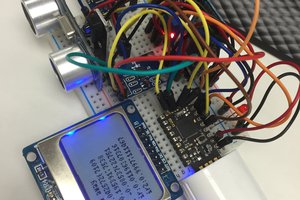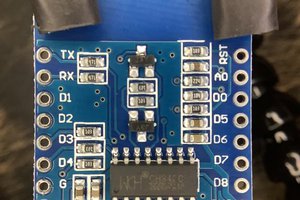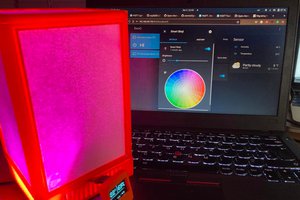About this project
This project is about developing a simple magnetic field visualizer. Here, the XMC1100 is the system mcu with fetches magnetic field data of a nearby magnet from the TLV49 3D magnetic sensor. The mcu communicates with the sensor over I2C protocol. For visualizing the data, an E-Ink/Epaper display is added to the system. The display is 3.3 volts like rest of the system and communicates with the host mcu over SPI.
The display has 200 x 200 pixels and support for Black in White or White in Black imaging. As for the 3D magnetic sensor, it can sense up to +/- 130 mT in X, Y, Z direction of the sensor itself.

Display parameters
This visualizer can be used for :
- Identifying North/South poles of a magnet
- Magnet's orientation/heading on XY plane
- Visualize virtual Field lines
- Detect effective field area of a magnet
- Compare magnets strength qualitatively
 Dr.Stone
Dr.Stone






 jakelauck
jakelauck
 Nicholas Stedman
Nicholas Stedman
 durapensa
durapensa
 Chleba
Chleba